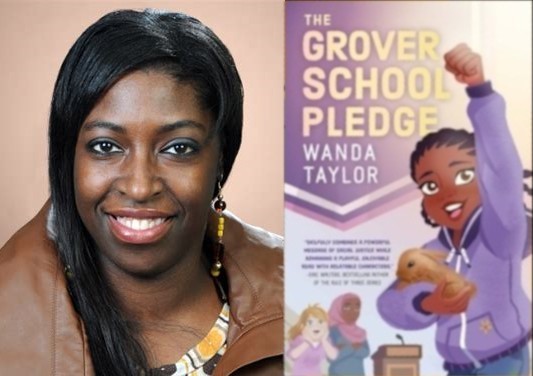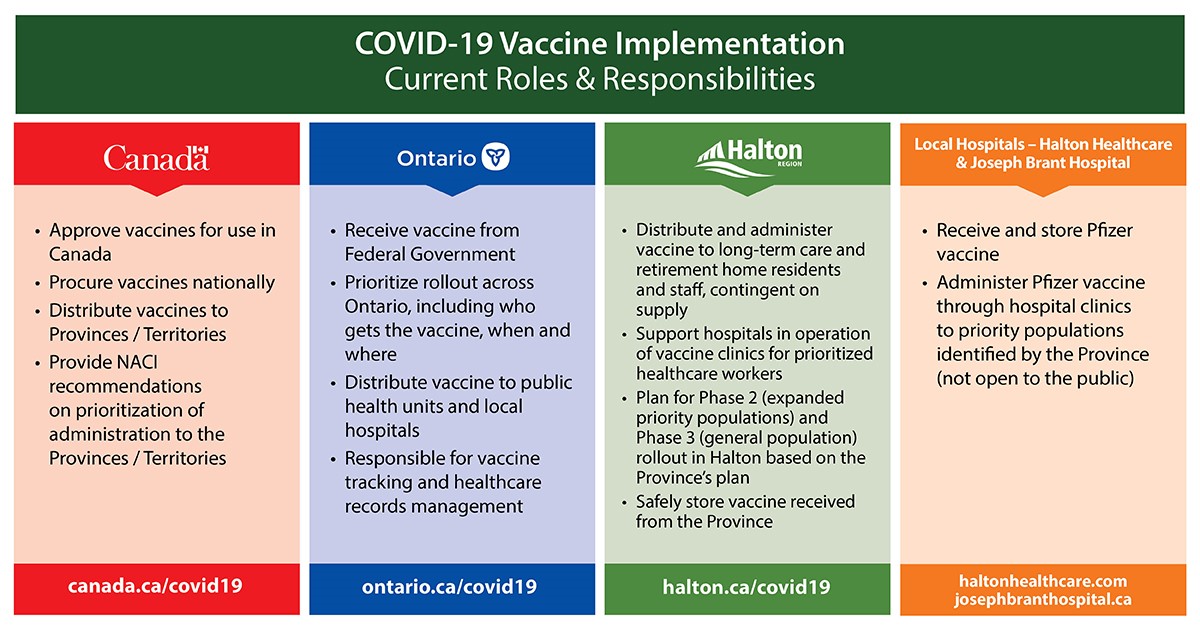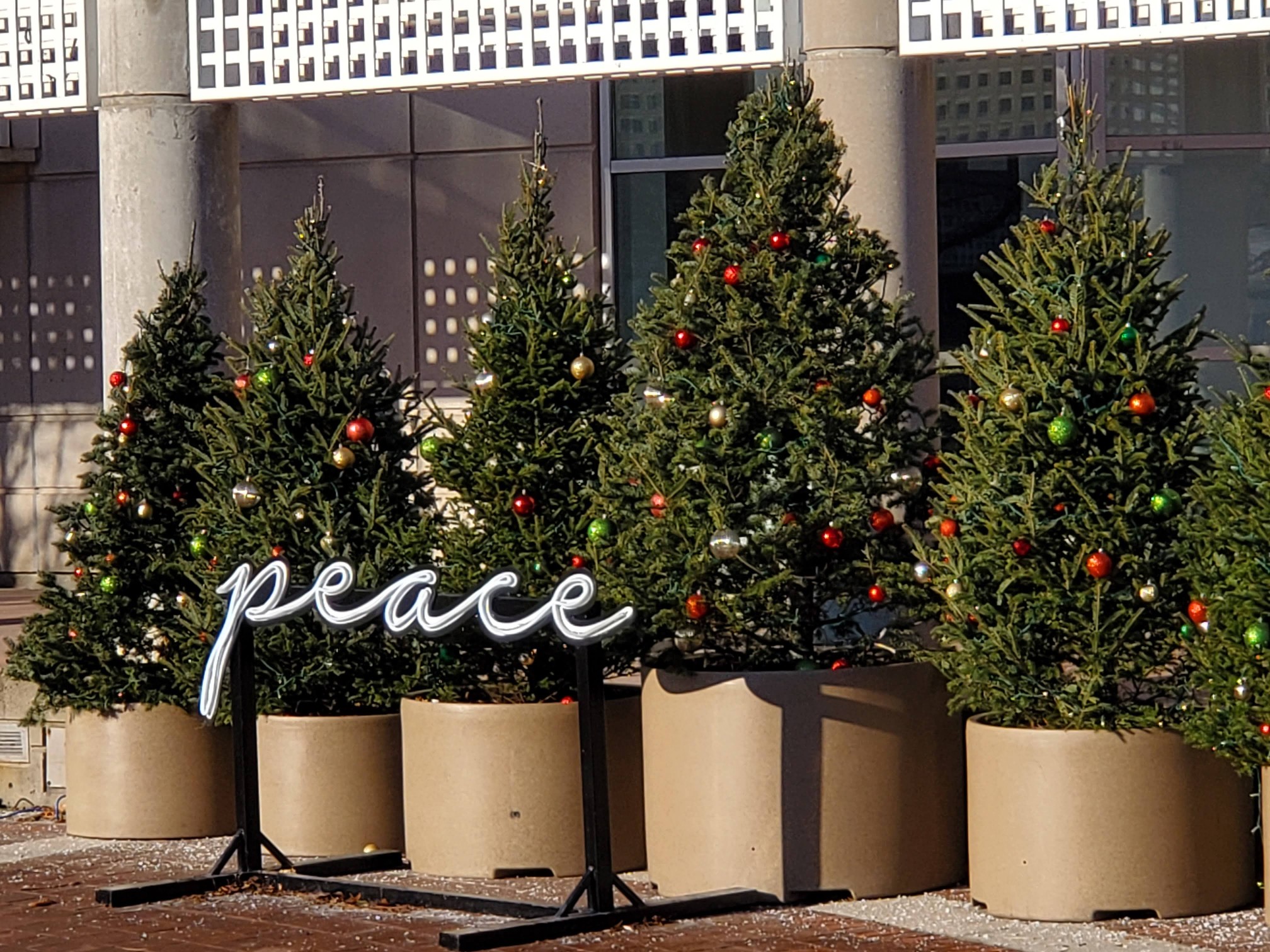By Maisha Hasan, Local Journalism Initiative Reporter
In our current day and age, diversity in media is now becoming more of a standard than a “maybe.” However, there are still many lessons to be learned on how to deliver strong diverse characters and storylines.
Wanda Taylor is a seasoned author who has also worked in the fields of screenwriting and journalism, only adding to her long list of accolades. She is a faculty member and mentor for the MFA Writing and Publishing program at the University of King’s College. Taylor has written works of both fiction and non-fiction, including books for children, youth, and adults.
Her latest release, in 2023, The Grover School Pledge, is aimed at the middle-school set, and has been well reviewed, with it being listed as one of the Best Books in Children’s Literature by Kobo Books.
Taylor shared her expertise in writing diverse stories in a workshop at Burlington Public Library’s Burlington Literature Festival (or BurlLITFest) on Sun., Nov. 17. BurlLITFest runs throughout the month of November, with a veritable buffet of events for participants to choose from, with authors like Taylor delivering talks or workshops, for readers and writers alike.
For those who couldn’t make it to Taylor’s event, read on for insight from Taylor on the importance of diverse stories and how to write them.
Can you remember the first piece of fiction that made you feel seen?
The first book I read with Black characters was Iggy’s House by Judy Blume. It was written in the 70s when people still used derogatory words to describe people of colour. So my impression was that we were only good enough to be in books if we were outcasts. Then I saw a children’s picture book (I was a pre-teen but I happened by it in a library and pulled it out). The Snowy Day, by Ezra Keats showed a Black boy journeying through the first snowfall. That’s when I realized people of colour can be the heroes of their own stories.
Today, is there a piece of fiction that, in your opinion, nearly perfects genuine diverse characters?
I think writers are getting much better at creating authentic and diverse characters. I also think publishers are much more conscious about who is writing these stories and what these stories are saying to young readers. But I don’t know that we have achieved perfection in this area yet.
How did you transition into children’s books from writing adult books?
My very first book ever published was a middle-grade non-fiction book called, Birchtown and the Black Loyalists, published by Nimbus Publishing in 2013. That book has since traveled around the world, educating young people about the major migrations of Blacks to Nova Scotia in the 1700 and 1800s. We don’t get to learn much about this in school. The book is listed as one of the top Black history books for kids and is part of the education curriculum in many school districts. My transition was actually into adult books. Now I write both fiction and non-fiction across childrens, YA, and adult markets.
There’s much controversy surrounding diversity and social issues in children’s books. How do you navigate that as a writer?
I like to write about things that young people are really going through. Situations that affect their everyday lives. Young readers are very smart and they can sniff out “fake.” They also don’t like to be talked at. When I write about social issues in my books, I try to weave it naturally into the storyline, in a way that doesn’t sound like it’s preaching. I also make the characters the central focus of the story, with parents and adults on the periphery. I want the young people to figure out their own world and navigate through it in their own way.
How can people seamlessly include diverse characters and narratives without it feeling “fake”?
Writers can do their homework to try and understand the nuances of the cultures they are writing about. They must also avoid tropes and stereotypes. We want children to see themselves represented in the stories they read, but this can’t be stories that group people into one box and make it seem like an entire group is one thing. No group is a monolith. As writers, we have a responsibility to make sure we get it right. As a sensitivity reader, I find in the last few years I get more and more calls from publishers and writers hiring me to do a review of a manuscript. Some writers are hesitant, thinking their work may be censored. I think the role of a sensitivity reader is sometimes misunderstood. The job is not about making red lines and saying no. The job is about flagging areas of concern, noting why something might be harmful or triggering to readers, and making suggestions for fixing it. The choice to make those changes or not should always be up to the writer and publisher.
What’s the biggest challenge in crafting those diverse characters and narratives?
One of the biggest challenges is navigating the fine line between our reality and how much a child can handle or understand. Sometimes diversity and inclusivity can feel messy when not executed correctly, and sometimes it’s hard to strike the right tone. But I often tell my writing students that no matter what the narrative or issue, we must always leave a child with some hope in the end.
Who are you most looking forward to hear from at BurlLITFest?
Everyone is amazing, but I’m looking forward to hearing from Karma Brown and Heather Dixon talk about demystifying women’s fiction.
There are still more Burlington Literature Festival events scheduled in the coming weeks, and pre-registration is required for all events except the BurlLITFest Open Mic afternoon on Nov. 30.
For more information on events and how to register, visit the Burlington Public Library website.




